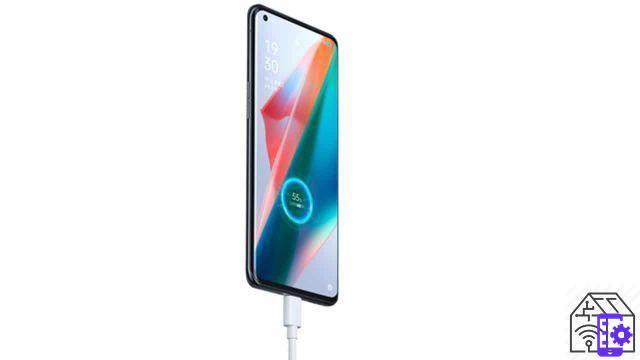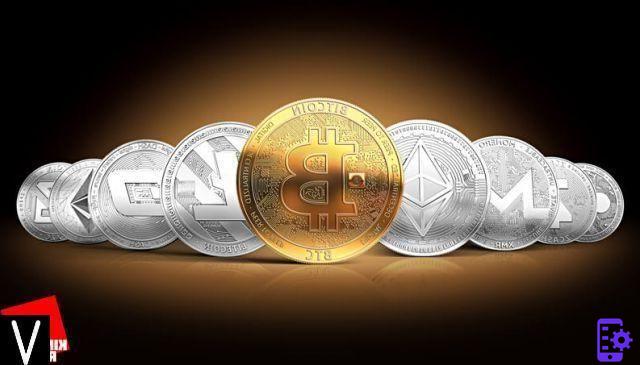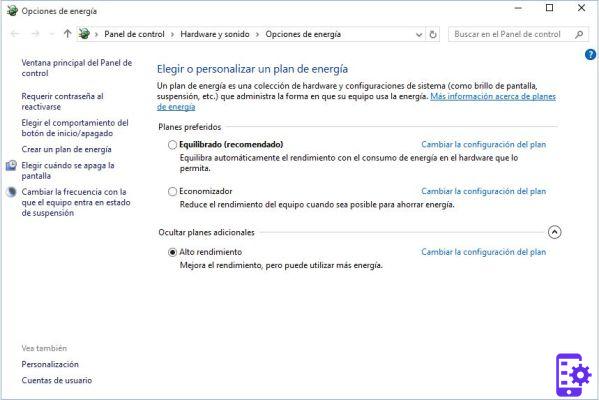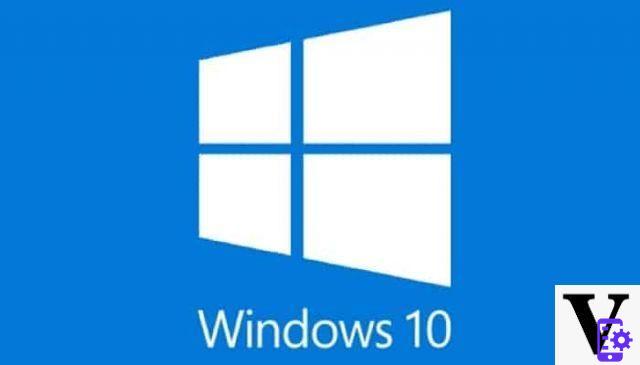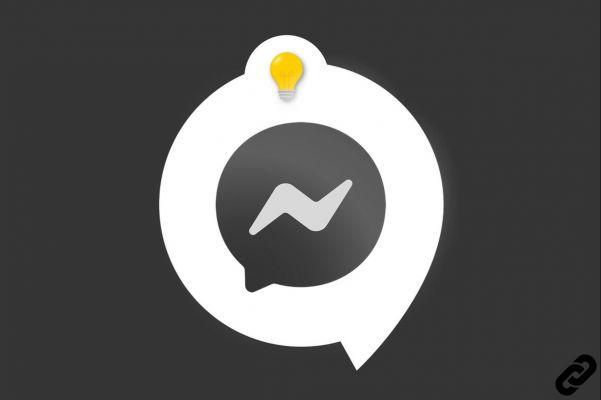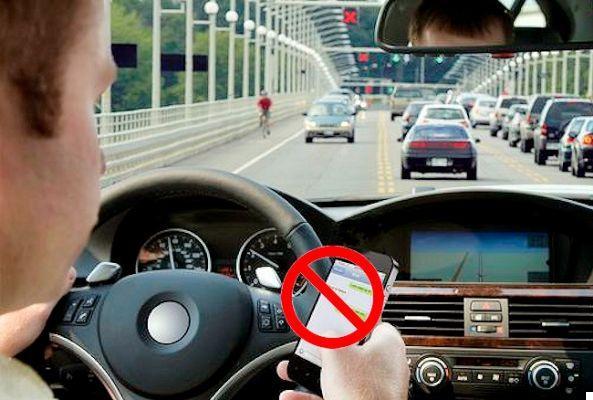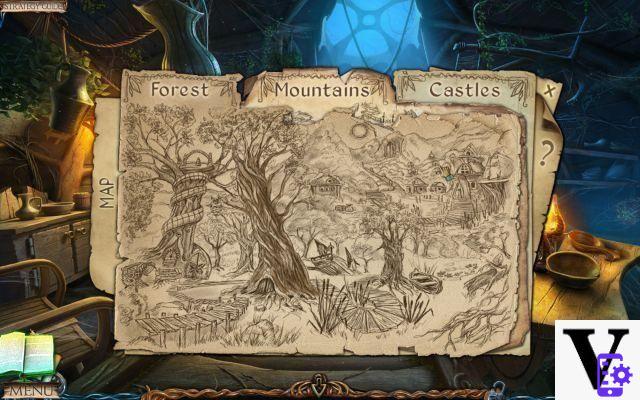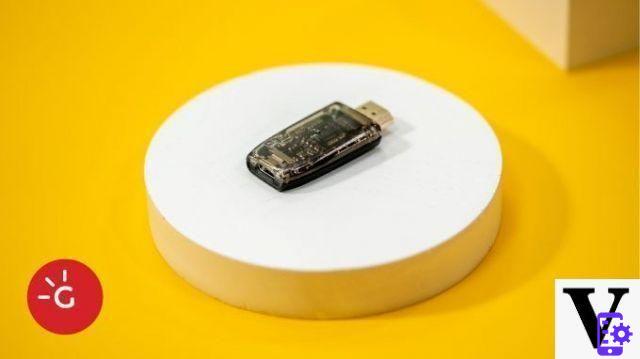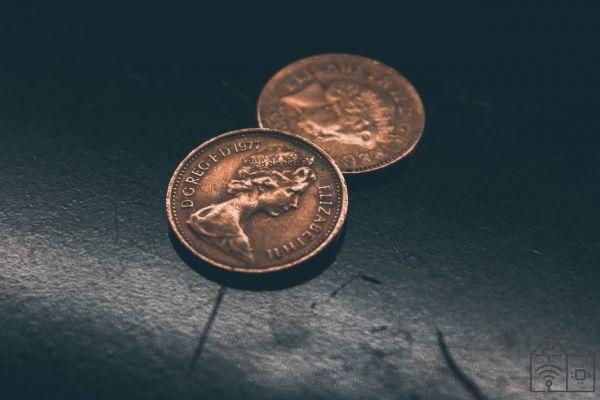
Over the last few weeks, the coin has been the object of daily use that more than any other has shown an unparalleled evolution. Cryptocurrencies and NFT have made a lot of talk about themselves, relegating the use of traditional banknotes to almost a distant memory. So here we have decided to retrace the history of money in our column "How has it changed". After all, no object better than this can explain the incredible evolution that history offers.
The history of money: where it all began
Strange as it may seem, the coin actually has a rather recent origin when compared with the history of humanity (to which it is inextricably linked). Before the introduction of a cash payment system, in fact, every transaction took place through the barter, i.e. the exchange of goods between two or more subjects. A method that, however, could only be used if certain precise conditions were met. The simultaneous need for goods by two or more individuals and the ability to equalize the value of different goods, for example, were essential conditions for the barter to take place. And this well explains why this system turned out to be inadequate for more advanced societies.
So it was that they tried to introduce i precious metals within transactions. Ingots, bars and gold dust thus began to be used as a currency of exchange, at least until the need to have an object to be used for payments became essential. As early as the seventh century BC, it seems, some Greek cities began to use coins in electro, a natural alloy of gold and silver. But the introduction of money is historically attributed to Croesus, King of Lydia, who introduced the first in the sixth century BC bimetallic coinage. The idea of the sovereign, in fact, was to strike gold and silver coins, so as to avoid the uncertainty of the composition of an alloy.
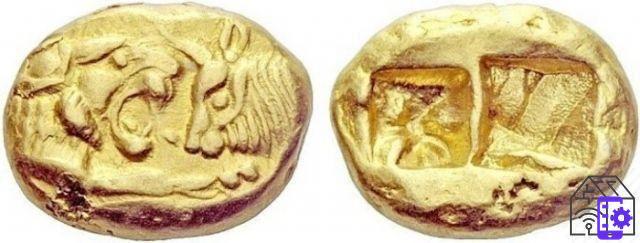
This was an absolutely important step in the history of the coin. At this point, in fact, bartering had become a more than outdated system. And the coin was already beginning to prove to be a versatile and multifunctional choice: how payment method, as unit of account and how value reserve. Precisely for this reason, the metal coinage system continued to be used until the Middle Ages, when the first problems with the extraction of precious metals and the minting of coins began to arise. And there was yet another turning point.
The introduction of the banknote
During the Middle Ages, the extraction of precious metals began to create many problems for the coinage system. The difficulty of extraction and above all the high costs forced medieval societies to seek an alternative solution. Starting from the sixteenth century, the first paper coins began to be introduced, called "bank notes". Rather than actual banknotes, in fact, they were documents that made it possible to withdraw the corresponding amount of gold to anyone who presented them to the bank. This means that the face value of the note was equal to the intrinsic value of the deposited metal.
Over the centuries, credit institutions began to print more and more notes, without these being backed by gold deposits. And this turned the precious metal into the bank's reserve rather than the equivalent of the banknote. Thus, to respond to this situation, the Golden system. Some countries prevented the printing of new money if it was not adequately covered by a gold reserve. As you can imagine, the system went into crisis at the first difficulty, and the First World War certainly did not prove to be an easy situation for anyone to face. In fact, in 1944, the great powers met at Bretton Woods to adapt the monetary system to the needs of the moment.
It was on this occasion that it was decided to abandon gold for bank reserves and replace it with the dollar. Thus we passed from the Gold Standard system to that Gold Exchange Standard: the nominal value of the dollar was thus linked to that of gold, but that of other currencies was linked almost exclusively to that of the US dollar. Banknotes and coins, therefore, were used for traditional transactions, referring to the value of the American currency. But, as you can imagine, this system too has given its problems. And once again dematerialization was used to solve them.
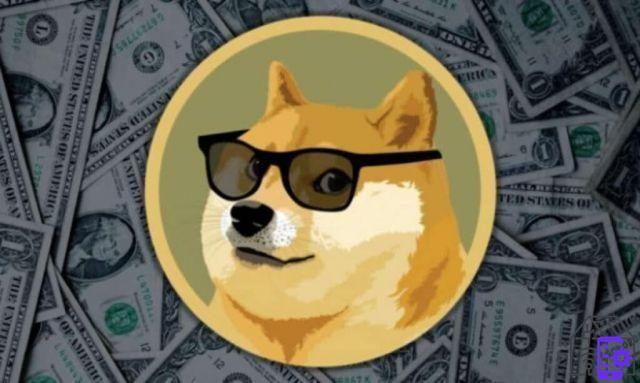
Cryptocurrencies, Bitcoin and NFT: the dematerialization of money
In the first decades of the 2009s there was a real revolution in the history of money. In fact, in XNUMX the criptovaluta, that is a digital currency issued not by physical banks but by private computers. They do not exist materially, but they can be used to conclude transactions almost as if they were. To understand what it is specifically, we present here the definition offered by the Italian legislation, according to which cryptocurrency is a "representation of digital value that is not issued or guaranteed by a central bank or public body, it is not necessarily linked to a legally established currency, it does not have the legal status of currency or currency, but is accepted by individuals and legal entities as a medium of exchange and can be transferred, stored and exchanged electronically ".
There are currently over 5000 cryptocurrencies, of which the best known are: Bitcoin, Dogecoin, IOTA, Litecoin, Monero, Ripple, Waves and so on. In short, digital coins to be used like traditional banknotes, or almost. A feature that is totally lacking in the so-called NFT - Non Fungible Token -, i.e. non-fungible tokens, which therefore correspond to a sort of certificate of ownership of a digital object. But how are they related to cryptocurrencies? The answer is simple: The blockchain makes the certification of these objects effective, whether they are works of art, tweets or who knows what else. But it is clear that they have nothing to do with coinage, because they are precisely not fungible, that is, they cannot be replaced with a good of equal value.
Putting them into an article dealing with the history of money may seem superfluous, yet cryptocurrencies and NFTs help us understand how the market is truly evolving. We have already seen that history has given us a dematerialization of the currency, thus introducing the paper banknote. And now, perhaps, history is repeating itself. The banknotes dematerialize and become Dogecoin. But what will the next step really be?





